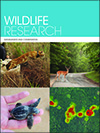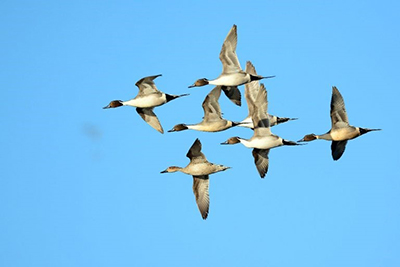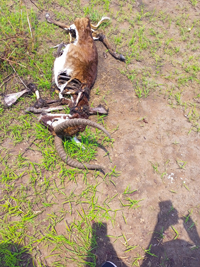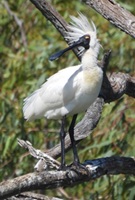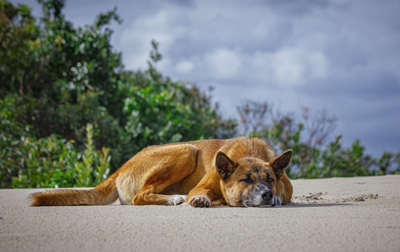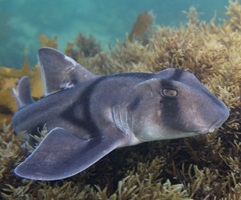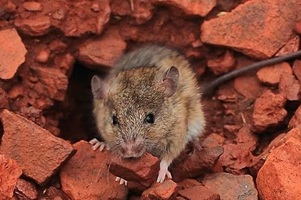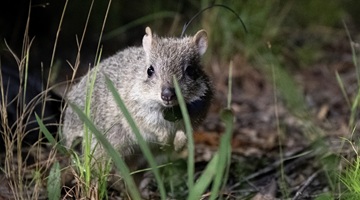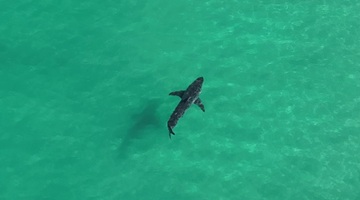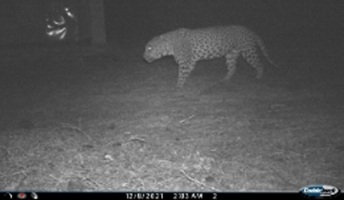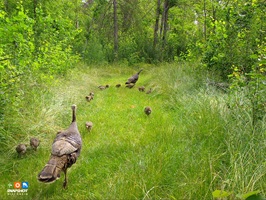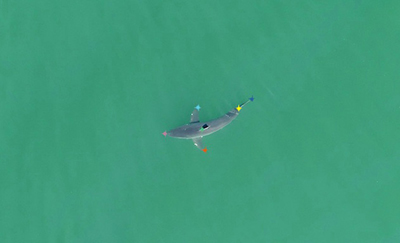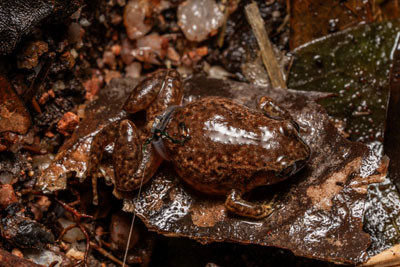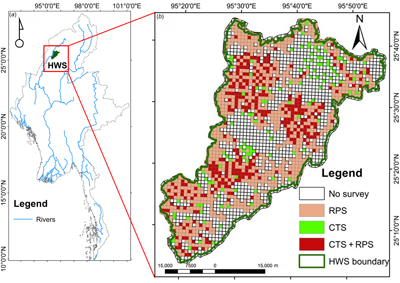WR24203From mailbox to inbox: mail vs internet waterfowl hunter survey responses
 , Eric M. Walberg
, Eric M. Walberg  , Brent D. Williams, Samantha G. Pallazza, Lauren J. Stephens and Craig A. Miller
, Brent D. Williams, Samantha G. Pallazza, Lauren J. Stephens and Craig A. Miller
Declining response rates from mail surveys have prompted a shift toward internet surveys, which has raised questions about results comparability. This study examined survey quality indicators by comparing mail and internet survey responses from waterfowl hunters in Illinois. The findings highlighted the potential of internet surveys as an alternative to mail surveys in human–wildlife research. Photograph by Ryan Askren.


